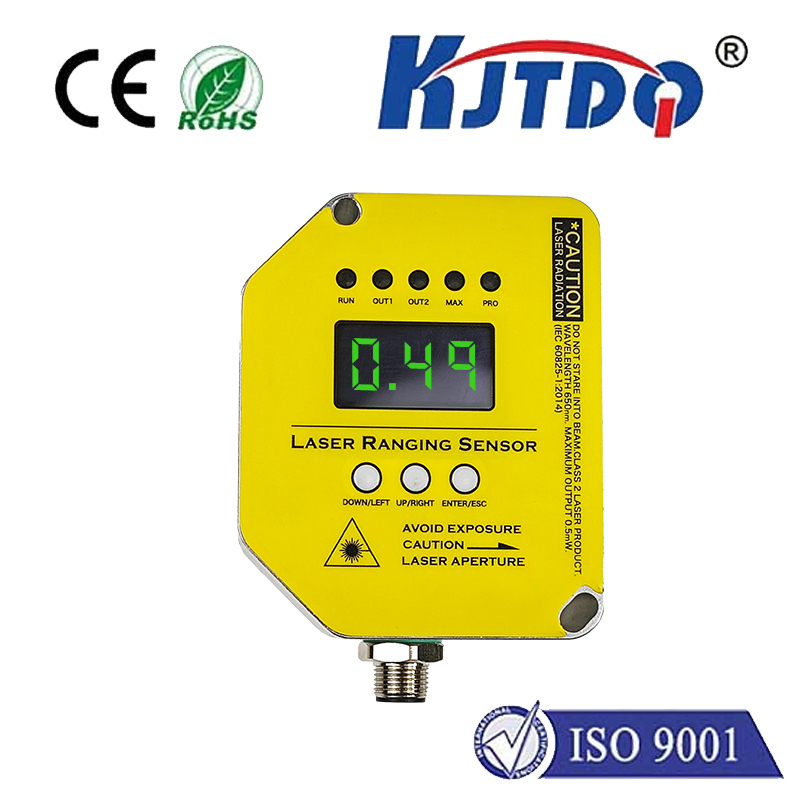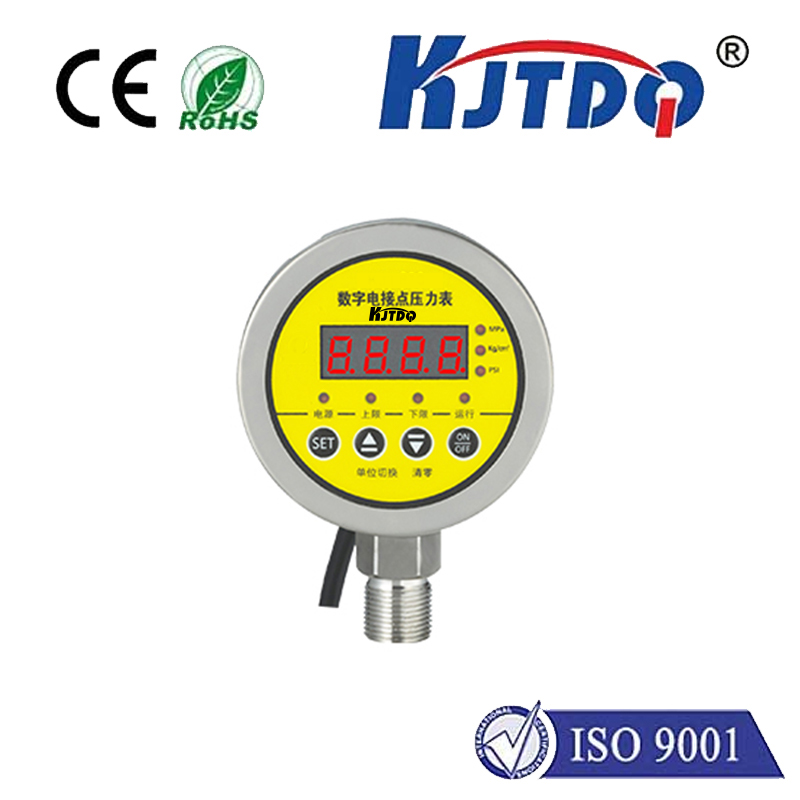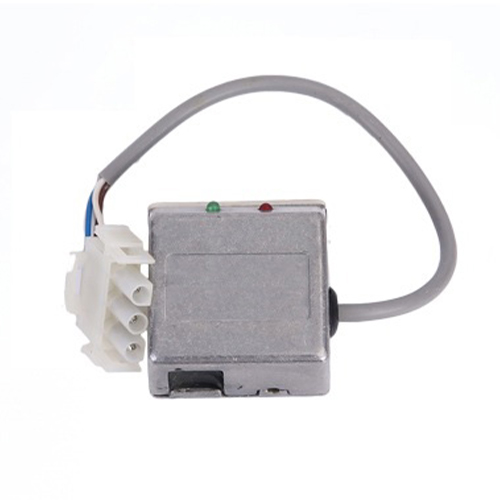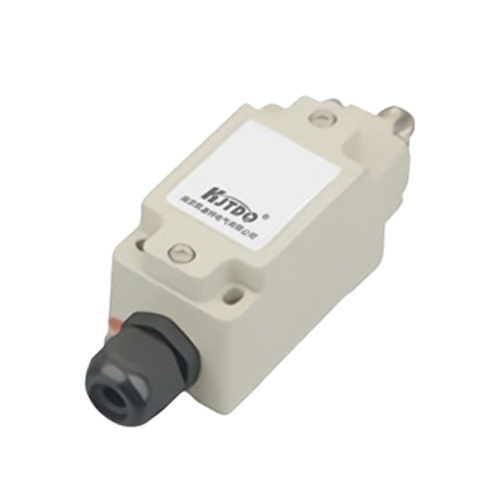

check

check

check

check

check

check

check

check

check

check
In recent years, the concept of proximity display has emerged as a powerful tool in the world of technology. Proximity display, also known as near-field communication (NFC) or 近距离无线通信, enables devices to interact with each other without the need for physical connections. This revolutionary technology has the potential to transform the way we interact with our digital devices and open up a world of new possibilities.
At its core, proximity display relies on electromagnetic fields to communicate between devices. When two NFC-equipped devices come into close proximity to each other, they can exchange data and trigger specific actions. For example, you might be able to pay for your coffee using your smartphone by simply placing it near an NFC-enabled cash register. The technology is already being used in a wide range of applications, from transportation systems (where it can facilitate contactless payments and ticketing) to healthcare (where it can enable remote patient monitoring).
One of the key benefits of proximity display is its ability to enhance user experience. By removing the need for physical interactions, such as buttons or touchscreens, proximity display can simplify complex tasks and make them more intuitive. This could have significant implications for industries such as gaming, where proximity display could enable more immersive and engaging experiences.
However, proximity display is not without its challenges. One major hurdle is security. Since proximitydisplay relies on electromagnetic fields to transmit data, it presents a unique threat to privacy. There are concerns that this technology could be exploited by malicious actors to gain unauthorized access to sensitive information. Additionally, there are questions around how to regulate the use of proximity display, particularly in areas such as health care and finance.
Despite these challenges, the future of proximity display looks bright. As the technology continues to evolve and improve, we can expect to see even more innovative applications emerging. From enhancing productivity in the workplace to improving accessibility in education, proximity display has the potential to transform virtually every aspect of our lives. As we move forward, it will be crucial to address the challenges and opportunities presented by this groundbreaking technology.









